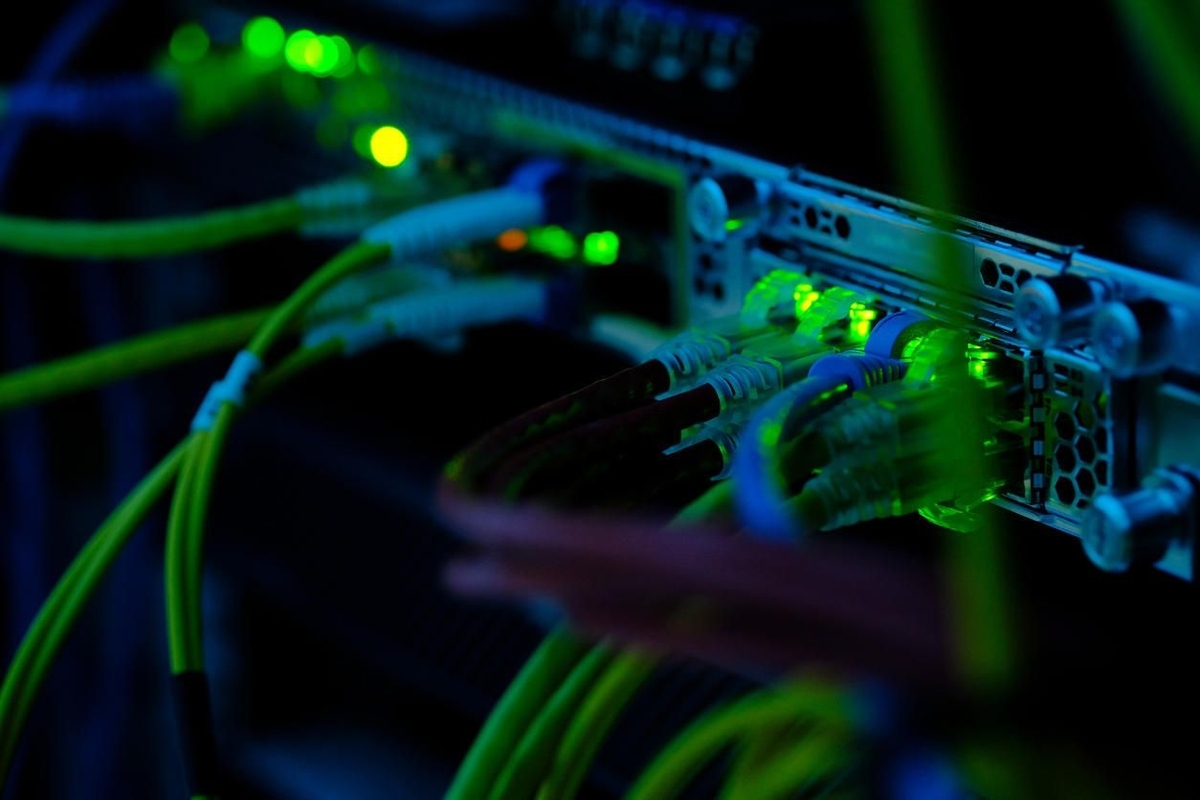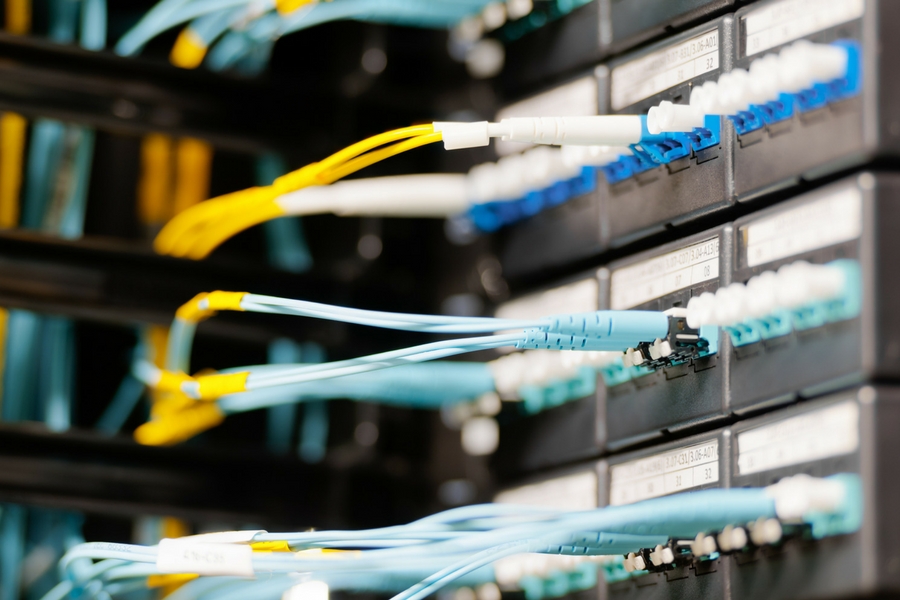To ensure your business operations are seamless, you need to monitor your hardware and IT to check if it complies with the technology advancements. Hardware refresh projects are necessary depending on the company’s requirements; however, it is preferred to refresh your technical equipment every four years. However, hardware updates cost you time and money and need proper management. To avoid disruptions, you will need careful preparation and expert assistance when refreshing your company hardware.
An essential part of keeping the business running is ensuring that corporate technology is effective and practical. Since the business data and sensitive information are stored on the hardware, it is prone to unintentional data loss costing the company financially. The refreshing hardware process should take place correctly, considering the company’s needs.
 Your company’s success is aided by the technology you employ to fulfill its requirements. A hardware refresh aims to keep your business objectives in line by providing the latest technology integrated into your system. However, even though a hardware refresh project is required to improve your organization fully, it takes a lot of planning. Here are a few tips for a good and safe hardware refresh cycle.
Your company’s success is aided by the technology you employ to fulfill its requirements. A hardware refresh aims to keep your business objectives in line by providing the latest technology integrated into your system. However, even though a hardware refresh project is required to improve your organization fully, it takes a lot of planning. Here are a few tips for a good and safe hardware refresh cycle.

Why Need A Hardware Refresh?
One of the benefits of keeping up to date with the current technology is that it allows your company to serve clients better and complete more tasks creatively. You may improve your emergency preparedness by updating the gear in your company. During downtime, outdated technology is more prone to crash, causing hassles for you and your staff. An upgraded hardware project will increase data security, prevent system failures and enhance employee-technology interactions. Your company’s success is aided by the technology you employ to fulfill its requirements. A hardware refresh aims to keep your business objectives in line by providing the latest technology integrated into your system. However, even though a hardware refresh project is required to improve your organization fully, it takes a lot of planning. Here are a few tips for a good and safe hardware refresh cycle.
Your company’s success is aided by the technology you employ to fulfill its requirements. A hardware refresh aims to keep your business objectives in line by providing the latest technology integrated into your system. However, even though a hardware refresh project is required to improve your organization fully, it takes a lot of planning. Here are a few tips for a good and safe hardware refresh cycle.
Discover Your Company’s Needs
The first step involving a hardware refresh is understanding its need. You must determine the equipment, processing, and storage requirements to operate the company systems. Outlining these requirements streamlines the process and helps identify what IT hardware needs to be updated. It also helps determine the resources you will need and define the budget. Your organization may be operating from multiple locations. Hence you need to specify the needs of each of them and form a common plan for all. You must audit your system to examine the elements such as bus speed, load, I/O performance, processor power, etc. It will help you estimate the power and capacity required for the update. A thorough audit also helps you identify the prices and portions you may preserve. You can decide which parts of your system should be replaced first and given priority.Look For Alternatives
You should only perform hardware refresh analysis under careful consideration and close requirement analysis. There are several other options than a hardware refresh—for example, virtualization, cloud computing, server consolidation, etc. You must choose the best course of action for your organization. A good way to opt for the right solution is to consult a professional IT service that can help you analyze and determine your hardware needs and operations. Remember to deploy those technologies that benefit your organization in the best way.Keep a Track Record of the Process
Break down the upgrading process into stages and keep track of each stage for future updates. Start with the least important servers and the ones that require less work. It will minimize disturbance within the organization, so other operations are performed alongside the updates. Keep track of what needed to be updated, how recently you upgraded the equipment, which components were still functional, and all other considerations that influenced your decisions as you implement your hardware refresh strategy. Keeping track of the hardware refresh cycles helps you plan appropriately for future refreshes. You’ll be able to see more clearly the infrastructure investments you’ll need to make in the future.Plan Maintenance to Increase Hardware Lifetime
Your company’s hardware refresh cycle might need to upgrade some of the hardware. After you employ the new hardware and the operations resume, you must plan on its maintenance. High-quality maintenance services save downtime and assist your company in quickly getting back on track. In other words, well-maintained technology will benefit your business and extend the useful life of your hardware. They ensure that the system is always functional and the data is secure. Hire an IT expert who can perform regular on-site maintenance and detect and solve issues.






